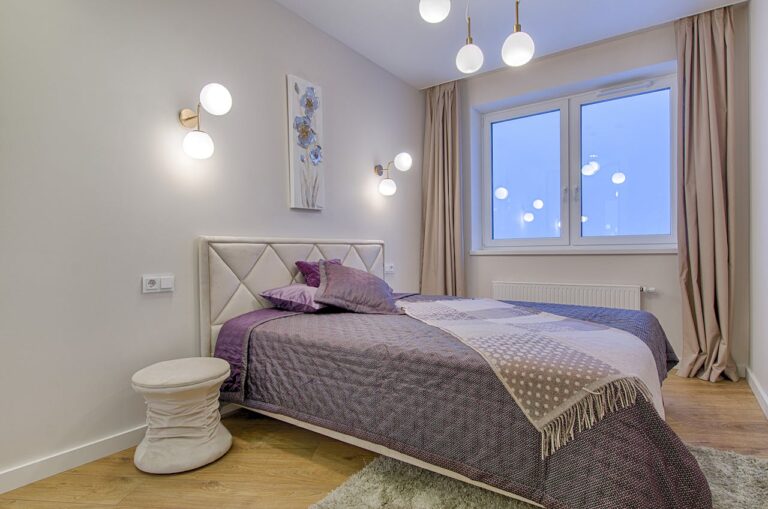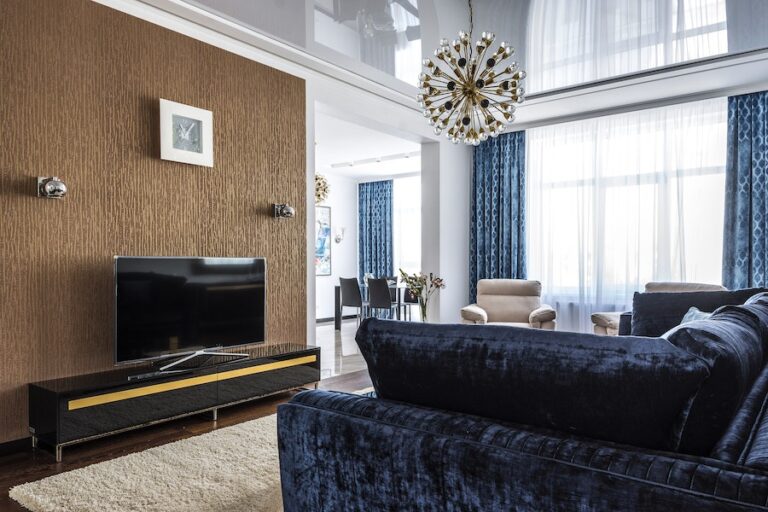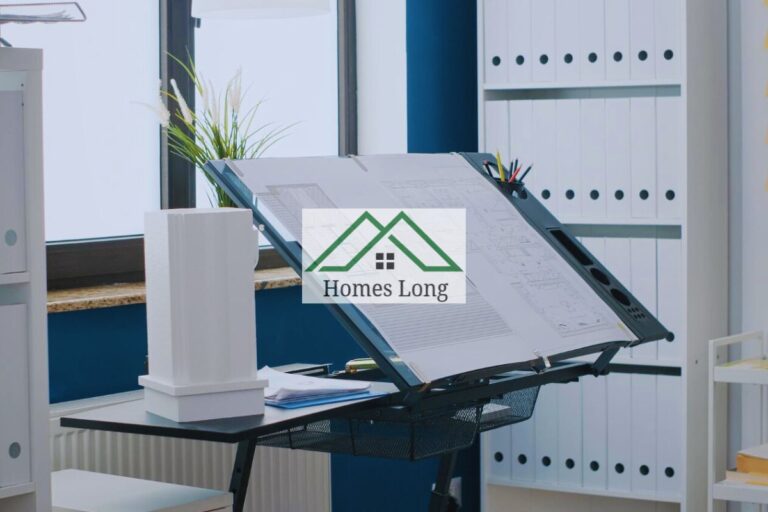Have you ever walked into a room and thought, “Wow, this looks amazing,” only to realize two minutes later you have no idea where to put your coffee mug? That’s the classic clash between design and practicality. Something might look magazine-worthy but fail in everyday life. On the flip side, some spaces are practical but feel as exciting as a beige waiting room at the DMV. The real magic happens when those two ideas—usefulness and beauty—come together. Suddenly, the room doesn’t just look good. It works for real people living real lives.
This sweet spot is shaping everything from home interiors to public spaces, and even the way we interact with technology. In an age where convenience and style both matter, practicality and design aren’t opposites anymore. They’re partners. And when they meet, they change how we live in small but powerful ways. In this blog, we will share how these two forces collide, why the results matter, and where you can spot examples in your own daily life.
The Power of Function That Looks Good
Practical upgrades often get dismissed as boring, but today’s smart choices—like low-maintenance quartz countertops that mimic marble—prove you don’t have to trade style for function.
Bathrooms are following the same path. Instead of clunky safety bars or awkward modifications that scream “hospital,” manufacturers are creating solutions that actually respect both function and style. One standout example is the Quick Tub’s Full Bathtub Conversion Kit. It gives homeowners a smart way to turn a standard bathtub into a safer, more accessible step-in shower—while still allowing for full use as a tub when needed. This easy to install walk in tub conversion kit allows homeowners to keep the look and feel of a normal bathroom while providing easier access and safer use. It fits into daily life, serves all ages, and still respects the room’s style. That’s where design and functionality shake hands.
Lighting offers another case study. Once upon a time, you had two options: glaring bulbs or moody dimness. Now, adjustable LED systems allow you to create warm light for dinner, bright light for cleaning, or cool light for early mornings—all while saving energy. The fixture itself can be a sculptural piece of art, but the usability is what makes it stick. When people see both working together, they don’t just appreciate the look. They feel the benefit.
The Role of Wellness and Lifestyle
The blending of design and practicality is also deeply tied to cultural shifts. Wellness isn’t just a buzzword anymore. It’s a demand. People want homes and workplaces that make life easier, healthier, and less stressful. That’s why soundproof windows are selling fast in noisy urban areas. They don’t just look sleek. They improve sleep and mental health.
Bathrooms again illustrate the point. Spa-like showers, non-slip floors, and sleek storage systems aren’t frivolous. They support relaxation and safety. The look is elegant, but the function is equally powerful. When wellness is built into design, people don’t just see the value—they feel it every single day.
Even the pandemic reshaped expectations. Suddenly, having spaces that were easy to clean, flexible, and multifunctional mattered more than ever. Open floor plans lost some of their shine as people realized that sometimes, you need doors. Separate spaces. Places where design considers noise, privacy, and purpose. The modern design wave isn’t about appearances alone. It’s about serving how people actually live.
Why This Balance Is the Future
The demand for blending design and practicality isn’t going away. In fact, it’s accelerating. Consumers are smarter. They research before they buy. They’re quick to reject products that are all looks and no substance, or all function and no beauty. Companies that thrive will be the ones that deliver both.
The shift is also financial. Practical design saves money. Energy-efficient appliances look sleek but lower utility bills. Durable flooring looks good but lasts longer, reducing replacement costs. In a time of inflation and rising housing costs, people want investments that check multiple boxes at once.
There’s also a generational element. Younger homeowners, especially millennials and Gen Z, grew up with design inspiration at their fingertips thanks to Pinterest and Instagram. They want their homes to reflect personal style. But they’re also pragmatic, shaped by recessions, student debt, and now rising interest rates. Their purchases must pull double duty. If something looks good but doesn’t work, it won’t make the cut.
When the Everyday Feels Extraordinary
When practicality meets great design, something subtle but important happens: daily life feels better. Walking into a room where everything has its place, where tools work as they should, and where style feels personal—it changes your mood. It reduces stress. It makes the ordinary feel a little less ordinary.
Think about a kitchen drawer with dividers that actually fit your utensils, not just vaguely corral them. Or a bathroom where the lighting doesn’t make you squint. Or a living room where the sofa doesn’t just sit there, but adapts to your evening plans. These aren’t giant, flashy upgrades. They’re thoughtful intersections of design and function. And when they work together, they turn houses into homes.
The larger point is this: design doesn’t have to be showy to matter, and practicality doesn’t have to be boring. The real power comes when the two meet in the middle. That’s when the spaces we live in, the tools we use, and the products we choose stop being just “things” and start becoming part of the way we live well.







